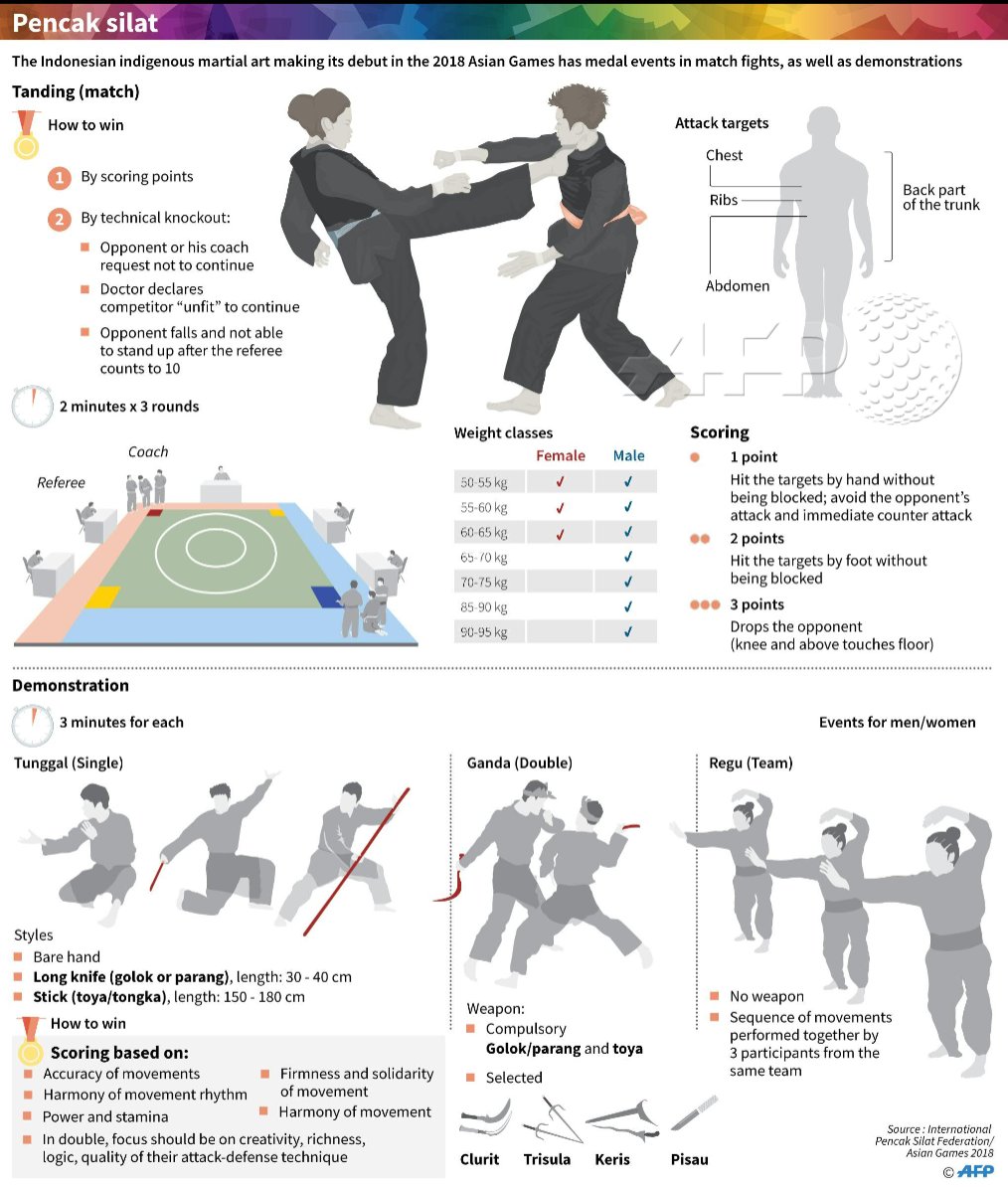The Background And Development Of Martial Arts: From Its Ancient Roots To The Techniques Practiced Today
The Background And Development Of Martial Arts: From Its Ancient Roots To The Techniques Practiced Today
Blog Article
Posted By-Brooks Frye
Step into the globe of martial arts, where ancient beginnings and contemporary techniques clash in a thrilling journey of technique and self-discovery.
As you delve into the history and development of this fascinating art form, prepare to be mesmerized by the cultural impacts, technical improvements, and profound philosophy that have formed it over centuries.
From the battlegrounds of ancient human beings to the training premises of today, martial arts have actually stood the test of time, frequently adjusting and growing.
Each strike, each movement, lugs with it the weight of many years of custom and knowledge, gave through generations. This is a tale of durability, of warriors that sought not just physical expertise, but also inner strength and consistency.
Join us on this impressive exploration as we uncover the tricks, the tales, and the transformational power of martial arts.
Prepare to be motivated, tested, and for life changed by the background and evolution of martial arts.
Social Impacts on Martial Arts
As you discover the history and development of martial arts, you'll rapidly discover the remarkable methods which social impacts have actually formed these fight methods.
From the ancient people of China and India to the more recent growths in Japan and Brazil, martial arts have been heavily affected by the cultures in which they stemmed.
As an example, Chinese martial arts, such as Martial Art and Tai Chi, are deeply rooted in the ideology of Taoism and the principle of Yin and Yang.
In contrast, Japanese martial arts, like Martial arts and Judo, reflect the samurai warrior practices and the values of discipline and honor.
In a similar way, Brazilian fighting style, Capoeira, combines aspects of African dancing and music, showing the cultural heritage of African slaves in Brazil.
These cultural influences not only give each fighting style its one-of-a-kind features however also provide a much deeper understanding of the historical and social contexts in which they advanced.
Technological Innovations and Martial Arts
With the surge of advanced weapons and ingenious training tools, you have actually had the ability to enhance your skills and adjust to the ever-changing battle landscape.
Technical advancements have actually reinvented the way martial arts are exercised and educated. Virtual reality simulations now enable you to learn practical fight situations without the danger of physical damage. best self defense class for adults -speed cams record every relocation, enabling you to assess and ideal your methods. Wearable devices check your heart rate, breathing, and muscle mass activation, offering instant responses on your performance.
Furthermore, the development of specific devices, such as resistance bands and agility ladders, has allowed you to enhance your speed, stamina, and agility. These technological advancements have not just made training extra reliable but have actually likewise pushed the limits of what is possible in martial arts, allowing you to reach new elevations in your technique.
The Ideology and Principles of Martial Arts
The viewpoint and concepts of martial arts are deeply rooted in shaping your frame of mind and instilling discipline, focus, and regard in your method.
1. why martial arts is good for kids : Martial Arts teaches you to develop a solid and durable mindset. It enables you to get rid of obstacles both on and off the mat, pressing your limits and persevering despite misfortune.
2. Discipline: Martial Arts demands self-control and self-constraint. Via routine training and adherence to stringent rules and methods, you learn to control your impulses and establish a solid work ethic.
3. Focus: Martial Arts requires intense emphasis and concentration. By training your mind to be present in the minute, you boost your ability to respond swiftly and efficiently during combat circumstances.
4. Regard: Martial Arts stresses regard for oneself, instructors, training companions, and challengers. It shows you to value the skills and experiences of others, cultivating a feeling of sociability and sportsmanship.
Verdict
Congratulations on completing your journey through the fascinating world of martial arts! Throughout this expedition, you have seen the abundant background and impressive advancement of these fight methods.
From their ancient origins to the contemporary strategies we see today, martial arts have actually been formed by cultural impacts.
The assimilation of technology has actually also played a significant duty in revolutionizing the way martial arts are shown and exercised in the present day.
Nonetheless, it is necessary to remember that martial arts are more than simply physical battle. They incorporate profound approaches and guiding concepts that go beyond the mere act of battling.
Take a minute to reflect on this anachronistic adventure and appreciate exactly how the legacy of martial arts continues to thrive in today, transcending time and boundaries.
